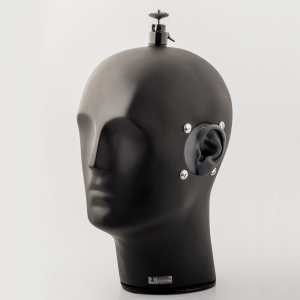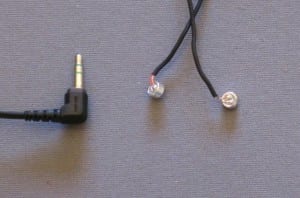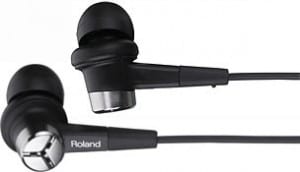The original way that I had planned to do the binaural recordings was to go to each of the areas that I had written a story on and record the ambient sound of the areas, however when I got around to doing the recordings (around 3 am on a Sunday, with no one around), there was little to no sound present, the only thing that was picked up was the occasional gust of wind.
So what I have decided to do instead is focus on the binaural recordings in the context of the narration and try and find different and interesting ways to record each story. As well as this, I plan on recording some of the sound effects in each of the areas or areas with a similar environment (to try and get a good recreation of what it could sound like in the areas).
The first story was recorded fairly simply, it involved jerry-rigging a head sized object and placing the microphones on either side to simulate the spacing of the head. I tried recording the story from each side of the fake head, but in the end, I decided to add some padding around one side of the microphone to simulate an ear shape, and then record from behind. I found that recording from behind gave the best impression of being in third-person, whereas all the other recording sounded like I was reading a story to the listener.
When recording the story for the area around The Lawn I again used the fake head set-up but recorded from multiple sides as I wanted to give the impression of it being a handheld recorder, so I also added some background noises and hand movements to make it seem more like a basic handheld microphone. By using the fake head it gave me the opportunity to move away from the microphones and that then influenced the way I could write the stories – meaning that I could add distance to the recordings.


